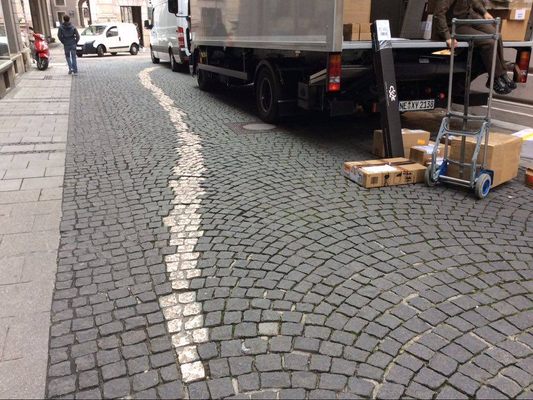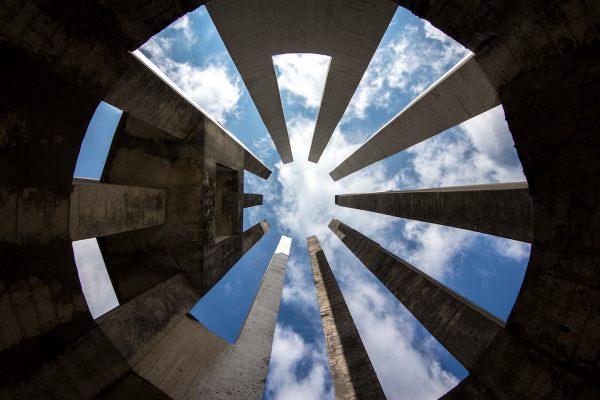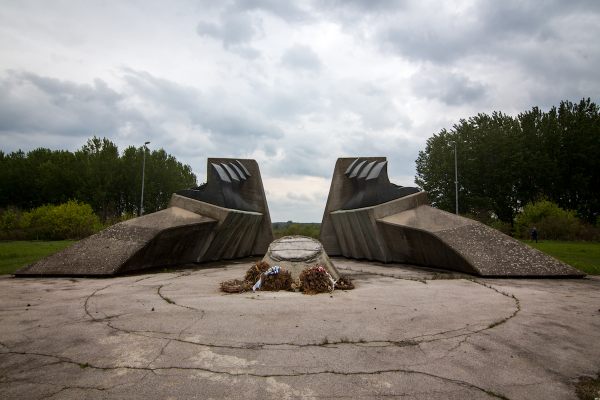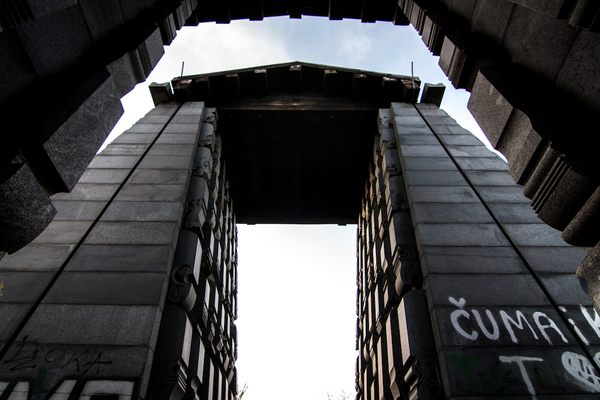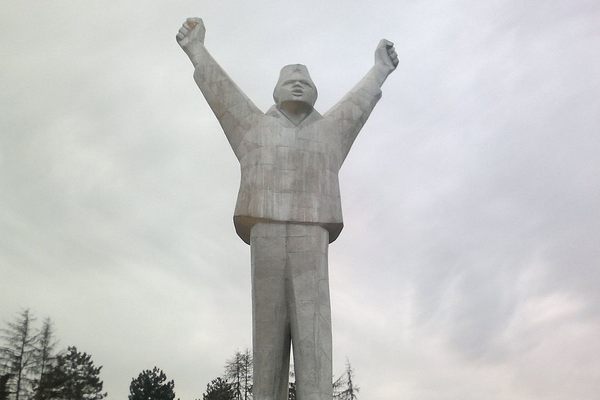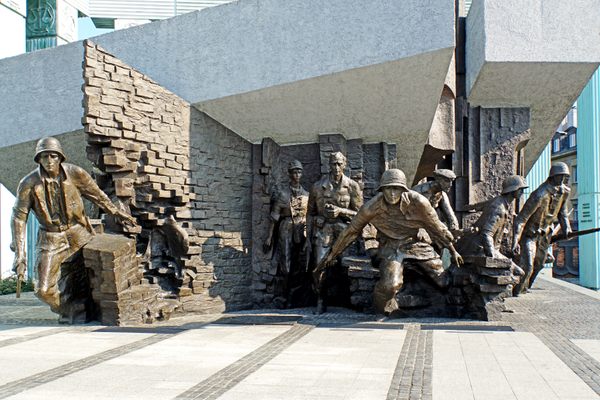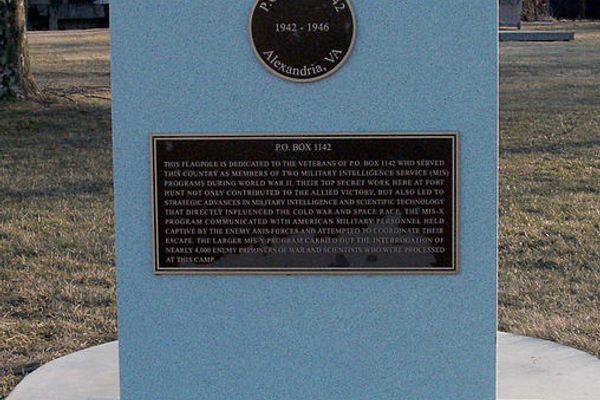About
Following 1923's abortive Beer Hall Putsch, and the subsequent rise of the Nazi party, the Feldherrnhalle became a monument for Hitler's movement, with pedestrians expected to salute when passing by, but the nearby Viscardigasse alley provided an alternate route for those that refused to show their support.
The political conflagration commonly known as the Beer Hall Putsch saw the deaths of four Bavarian policemen, several Nazi marchers, and one waiter in the shadow of the monumental Feldherrnhalle. This confrontation led to the arrest of Adolf Hitler for treason and garnered the future leader his first bit of national attention which would eventually lead to his rise in power. Once the Nazi party did finally become the political driver in Germany, Hitler declared the site a national landmark, requiring that passersby perform the Hitlergruß (Nazi salute). Officers were stationed at the site to ensure this happened.
However, not everyone supported Hitler or the Nazi party and as an act of passive resistance, these opposers would take an alternate route around the monument using the Viscardigasse alley. Originally named after a famed Swiss architect, the narrow road soon became known among the locals as the "Drueckebergergasse," roughly translated as "Shirker's Alley" or "Deserter's Alley."
Today the little alley is a pedestrian-only walkway with a meandering trail of bronzed paving bricks commemorating the brave Germans who refused to give Hitler even the satisfaction of a salute.
Update December 2017: The previous construction work has been completed and the bricks restored.
Related Tags
Community Contributors
Added By
Published
July 8, 2014







